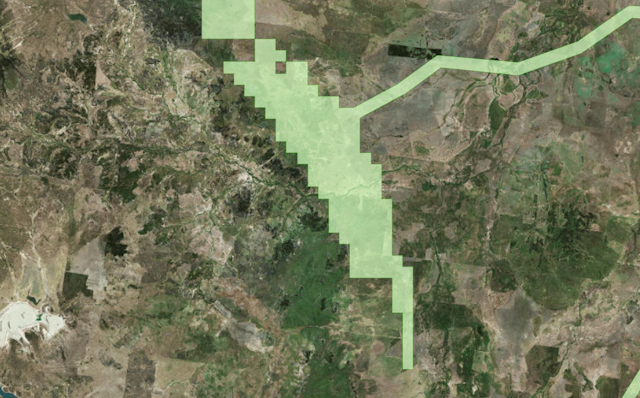The Adani Carmichael coal mine has been an election issue across state and federal politics since 2016.
Despite bipartisan support, it defined the November 2017 Queensland election, has shaped federal by-elections since and prompted protests in almost every Australian state and territory – including a convoy that has made its way up to the neighbouring town of Clermont all the way from Tasmania.
So given it’s gone through several revisions thanks to issues with funding and environmental approvals, what does the proposed mine look like now?
This is a heavily revised version of the graphic originally created for the 2017 Queensland state election.
It will be updated as new information becomes available.
Updates:
September 16 2019: Updated to include the approvals of the land-lease and licence to operate a railway, as well as the approval for the lease for the airport and workers’ housing. The Queensland government’s extinguishing of the Wangan and Jagalingou people’s native title in late August has also been included.
July 2 2019: The graphic has been updated to include the June 13 state government approval of Adani’s groundwater management plan, including the restrictions on underground mining until further investigation of the source of the Doongmabula Springs has been established.
June 5 2019: The graphic has been updated to include the May 31 state government approval of Adani’s black-throated finch management plan. The new deadlines set by the Queensland government for airport and construction housing leases, as well as the rail licence (both July 31 2019), have also been added.
Note: a previous version of this graphic noted the two instances of stormwater released at Abbot Point as containing specifically carbon particles. It has been updated to “suspended solids” which may contain silt, sediment, dirt, gravel, organic matter or coal dust/particles.

